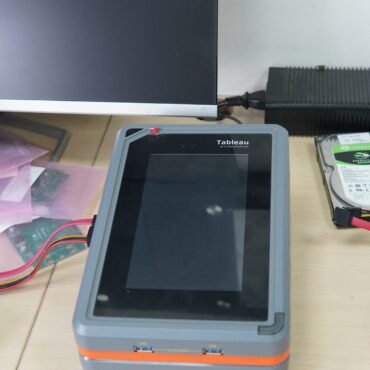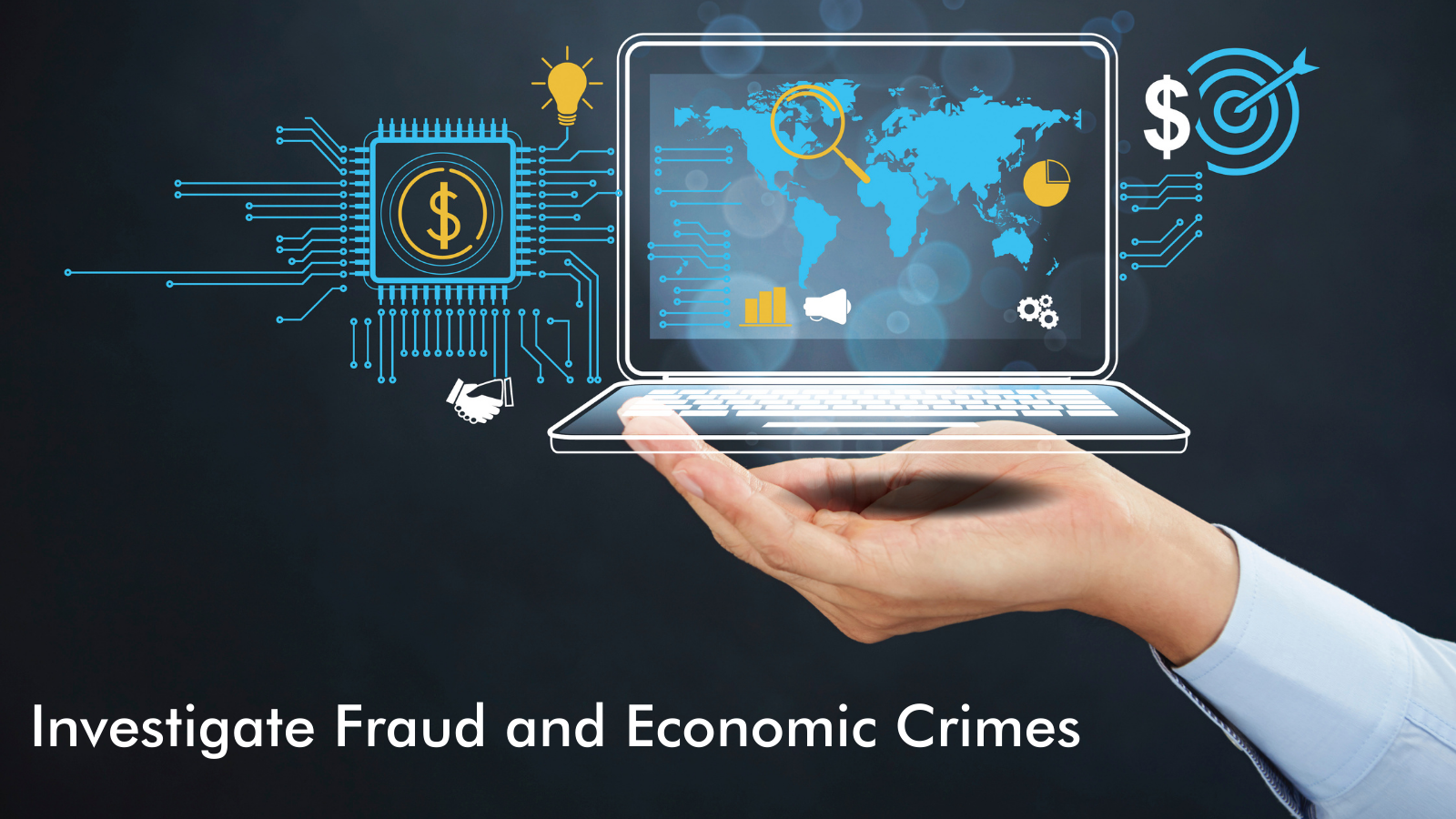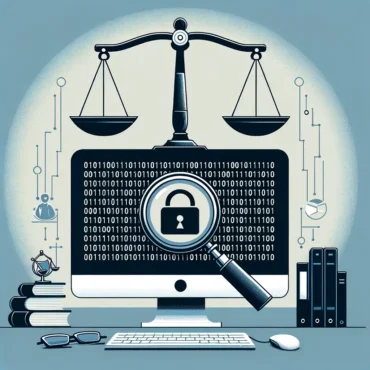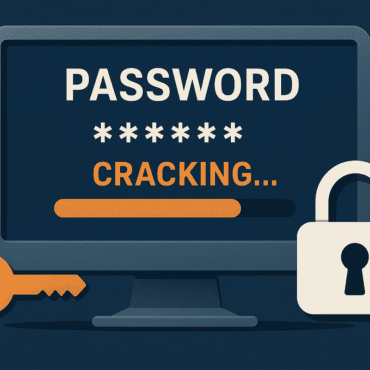Introduction
In today’s corporate world, fraud is one of the most significant threats faced by organisations globally. Corporate fraud can occur at any level of a business, from executives manipulating financial statements to employees misusing company resources. It poses not only a financial risk but also reputational and legal challenges.
With increasing reliance on digital systems, most fraudulent activities leave electronic traces. Digital forensics, the scientific examination of digital devices and data, plays a crucial role in identifying, investigating, and proving fraud. By analysing emails, financial records, system logs, and other digital artefacts, forensic experts help companies uncover fraud, establish accountability, and provide evidence that can be used in court or internal audits.
Understanding Corporate Fraud
Corporate fraud refers to illegal, deceptive, or unethical practices within an organisation that cause financial or reputational harm. Common types include:
-
Financial Statement Manipulation: Altering financial records to misrepresent a company’s performance.
-
Insider Trading: Using confidential information for financial gain.
-
Data Theft: Stealing sensitive corporate or client information.
-
Bribery and Corruption: Unlawful transactions to gain unfair advantages.
-
Procurement Fraud: Inflated invoices or kickbacks during purchasing processes.
-
Cyber-Enabled Fraud: Phishing attacks, ransomware, or fake invoices facilitated through digital systems.
Detecting such fraud manually is often impossible due to the complexity of corporate systems and the sophistication of fraudsters. This is where digital forensics becomes indispensable.
Role of Digital Forensics in Corporate Fraud Investigations
1. Detecting Suspicious Activities
Digital forensics tools can detect anomalies such as unusual database access, irregular modifications of financial records, and unauthorised data transfers. Early detection helps companies prevent further losses and mitigate risk.
2. Collection of Electronic Evidence
Digital forensic experts ensure that all electronic evidence is collected while maintaining integrity and the chain of custody. Sources of evidence include:
-
Employee emails and chat logs
-
Financial and ERP system records
-
Cloud storage accounts and shared drives
-
Mobile devices, USB drives, and external storage
Proper collection ensures the evidence is legally admissible and reliable for court or internal investigations.
3. Timeline Reconstruction
A key strength of digital forensics is the ability to reconstruct events chronologically. By analysing timestamps from files, logs, and system activities, investigators can determine exactly when fraudulent actions occurred.
For example, timeline reconstruction can show:
-
When sensitive files were accessed or copied
-
When false invoices were created or modified
-
When funds were transferred without authorisation
This helps establish a cause-and-effect sequence critical for investigations and legal proceedings.
4. Recovering Deleted or Hidden Data
Fraudsters often delete files or attempt to cover their tracks. Digital forensics can recover deleted, hidden, or tampered data, including emails, spreadsheets, financial records, and chat messages.
Advanced recovery techniques also detect attempts to manipulate timestamps or alter file properties, which are common anti-forensic measures.
5. Linking Individuals to Actions
Digital forensics provides attribution, connecting actions to specific individuals or devices. By analysing user accounts, IP addresses, login history, and device activity, investigators can demonstrate insider involvement in fraudulent activities.
6. Cybersecurity and Fraud Detection
Many corporate fraud cases today are cyber-enabled. Digital forensics helps trace:
-
Phishing attempts targeting finance teams
-
Malware infections used to divert funds
-
Unauthorised access to critical corporate databases
This integration of cybersecurity and forensic analysis is essential for uncovering sophisticated fraud schemes.
7. Providing Legally Admissible Evidence
Digital forensics ensures all evidence is collected, preserved, and documented according to forensic best practices, maintaining legal admissibility. Proper chain-of-custody documentation and forensic reporting are essential for presenting evidence in court, regulatory audits, or internal investigations.
Common Forensic Techniques in Corporate Fraud Investigations
-
Email and Communication Analysis: Detecting suspicious correspondence and unauthorised communication with external vendors or competitors.
-
Log and Metadata Examination: Identifying unauthorized system access, modifications, or deletions.
-
Data Recovery: Restoring deleted or manipulated files to uncover fraudulent activity.
-
Network Forensics: Tracing unauthorised data transfers, remote access, and unusual network activity.
-
Mobile Forensics: Analysing mobile devices for fraudulent communications, calls, or app activity.
Case Example
A multinational company suspects vendor invoice fraud. Digital forensics can help by:
-
Recovering deleted invoice files from an employee’s laptop.
-
Examining emails and messages exchanged with vendors.
-
Analysing ERP system logs for unauthorised modifications.
-
Tracing USB activity to detect sensitive file transfers.
-
Building a timeline that clearly shows fraudulent activity, helping legal authorities or internal auditors take action.
This example highlights how digital forensics uncovers fraud that would be extremely difficult to detect manually.
Conclusion
Digital forensics is a critical component in modern corporate fraud investigations. By leveraging advanced forensic tools, recovering deleted or hidden data, reconstructing timelines, and providing legally admissible evidence, organisations can detect and prevent fraud efficiently.
Hawk Eye Forensic provides specialised corporate fraud investigation services, helping businesses safeguard their assets, maintain regulatory compliance, and protect their reputation. With forensic expertise, organisations can uncover the truth, hold perpetrators accountable, and strengthen internal controls against future fraud.





Post comments (0)